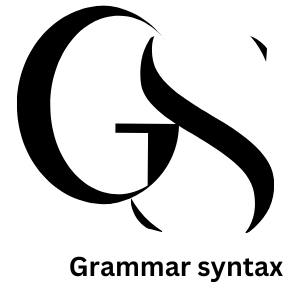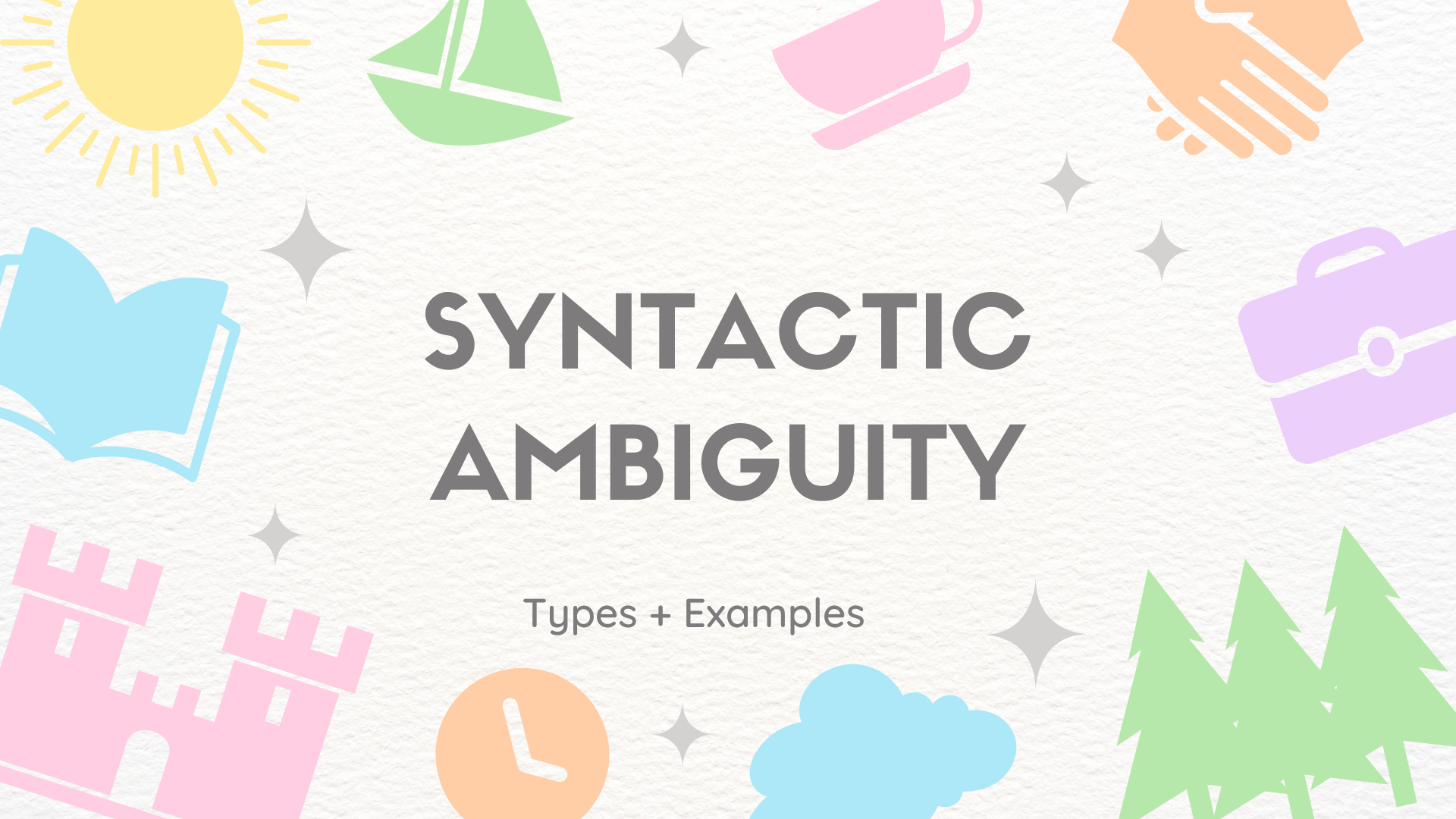Introduction
In this article we discuss about Syntactic Ambiguity +Types with example. Syntactic ambiguity is a fascinating phenomenon that arises from the complex structure of language, where a single sentence can be interpreted in multiple ways due to its syntax.
Syntactic ambiguity
Syntactic ambiguity happens when a sentence can be understood in different ways because of its structure. Syntactic ambiguity occurs when a sentence can be arranged in more than one way or when its structure is unclear without extra context. Often, context helps clarify these ambiguities, but in writing or speech without enough context, they can cause confusion or create humor, like in jokes or wordplay.
Common Types of Syntactic Ambiguity
There are several types of syntactic ambiguity, each tied to different aspects of sentence structure:
1. Attachment Ambiguity
This happens when a modifier, like a prepositional phrase or relative clause, can connect to more than one part of the sentence. This can cause different meanings.
Example:
“I saw the man with the telescope.”
I used the telescope to see the man. (The prepositional phrase “with the telescope” modifies the verb “saw.”)
The man I saw was holding a telescope. (The prepositional phrase “with the telescope” modifies “man.”)
2. Coordination Ambiguity
This happens when it’s not clear if two parts of a sentence are connected in a list or if they belong to different structures.
Example:
“I want to eat pizza and pasta.”
I want to eat both pizza and pasta (pizza and pasta are coordinated as objects of the verb “want”).
I want to eat pizza, and I want to eat pasta (two separate desires or actions).
3. Scope Ambiguity
This happens when it’s unclear if two parts of a sentence are linked in a list or if they belong to separate structures.
Example:
“Every student read a book.”
Each student read one book (universal quantifier “every” applies to the action “read”).
There exists a book that every student read (there is one book that all students read).
4. Noun Phrase Ambiguity
This type of ambiguity occurs when a noun phrase can be interpreted in different ways depending on how the sentence is parsed.
Example:
“The chicken is ready to eat.”
The chicken is prepared to be eaten (the noun phrase “the chicken” is ready to be eaten).
The chicken is prepared and ready to eat food (the noun phrase “the chicken” is ready to eat something).
5. Verb Phrase Ambiguity
Ambiguity can arise when the verb phrase (often including phrasal verbs) can be interpreted in multiple ways.
Example:
“He gave up the fight.”
He stopped fighting (the verb “gave up” means “quit”).
He physically handed over the fight (the verb “gave up” means “surrendered” the fight).
Importance of Syntactic Ambiguity in Syntax
Linguistic Theory:
Studying syntactic ambiguity helps us understand how languages form sentences. It shows the flexibility and complexity of sentence structures and how they can create different meanings.
Psycholinguistics:
Understanding how unclear sentence structure impacts how we read can help improve theories about how people understand sentences quickly.
Computational Linguistics:
Syntactic ambiguity is a big challenge in natural language processing (NLP) and machine translation. Fixing this ambiguity is important for understanding and generating language accurately.
Conclusion
In syntactic ambiguity can lead to confusion and misinterpretation in language, highlighting the importance of clarity in communication. As we explored, different types of syntactic ambiguity such as attachment ambiguity and coordination ambiguity can significantly change the meaning of a sentence. For instance, the phrase I saw the man with the telescope can imply that either the speaker used a telescope to see the man or that the man had a telescope. Understanding these nuances helps us become more effective communicators and critical thinkers. Therefore, it’s essential to pay attention to how we structure our sentences to avoid misunderstandings in both writing and speech.
FAQs
2. Can you give an example of syntactic ambiguity?
The sentence I saw the man with the telescope can mean either that I used a telescope to see the man or that the man I saw had a telescope.
3. What are some common types of syntactic ambiguity?
Common types include ambiguous prepositional phrases, attachment ambiguities, and coordination ambiguities.
4. How does context help resolve syntactic ambiguity?
Context provides clues that can guide readers or listeners toward the intended meaning, helping them interpret the ambiguous parts correctly.
5. Is syntactic ambiguity always a problem in communication?
Not necessarily! Sometimes it can add humor or creativity to language, but it may cause confusion if clarity is needed.
6. Can you identify syntactic ambiguity in everyday language?
Yes! Many headlines, jokes, and even instructions can be examples of syntactically ambiguous language without us realizing it.
7. How do linguists study syntactic ambiguity?
Linguists analyze sentences for structure and usage patterns, often conducting experiments to see how people interpret different constructions.
8. Are there strategies to avoid syntactic ambiguity in writing?
Yes, using clear and straightforward sentence structures and specifying relationships between words can help eliminate confusion in your writing.

